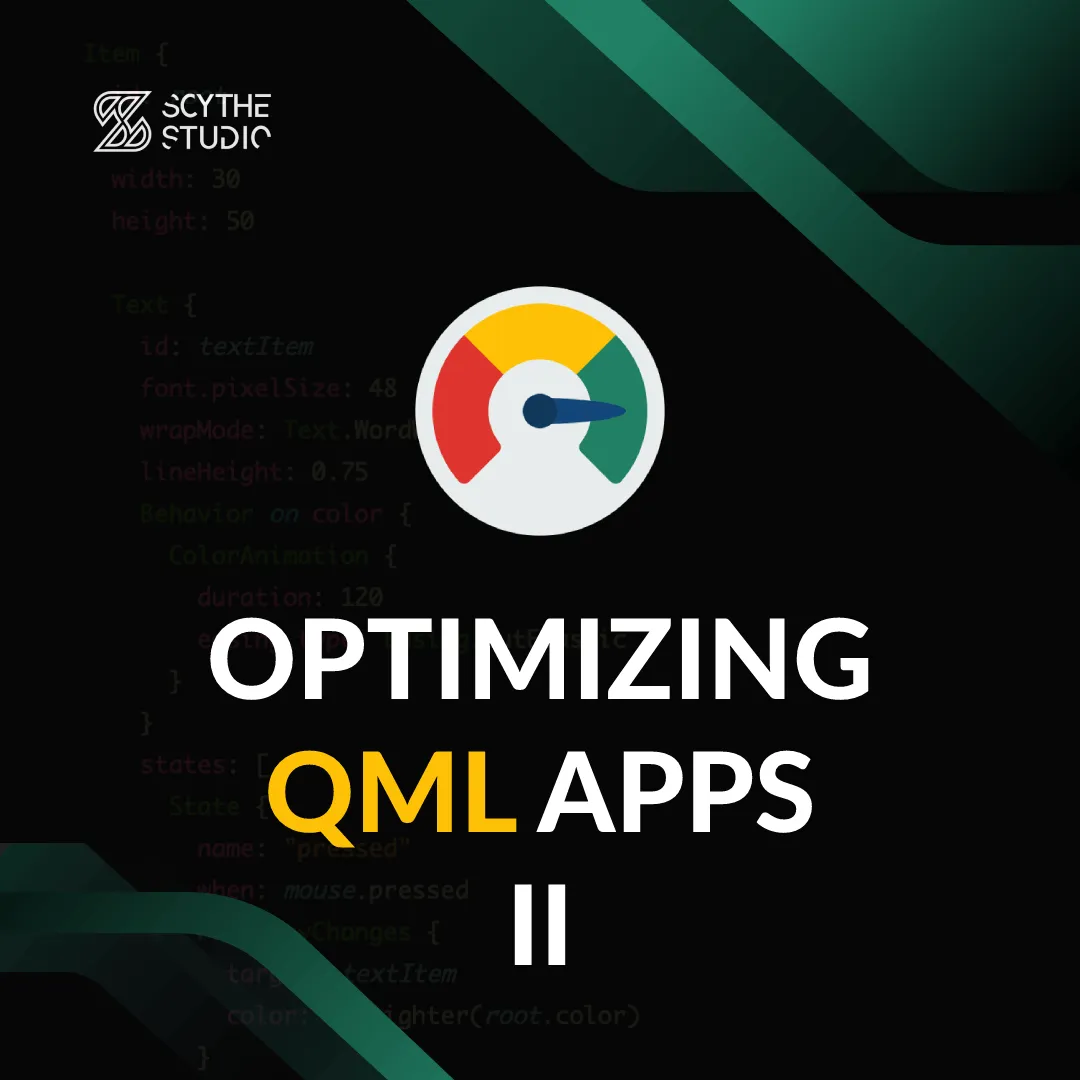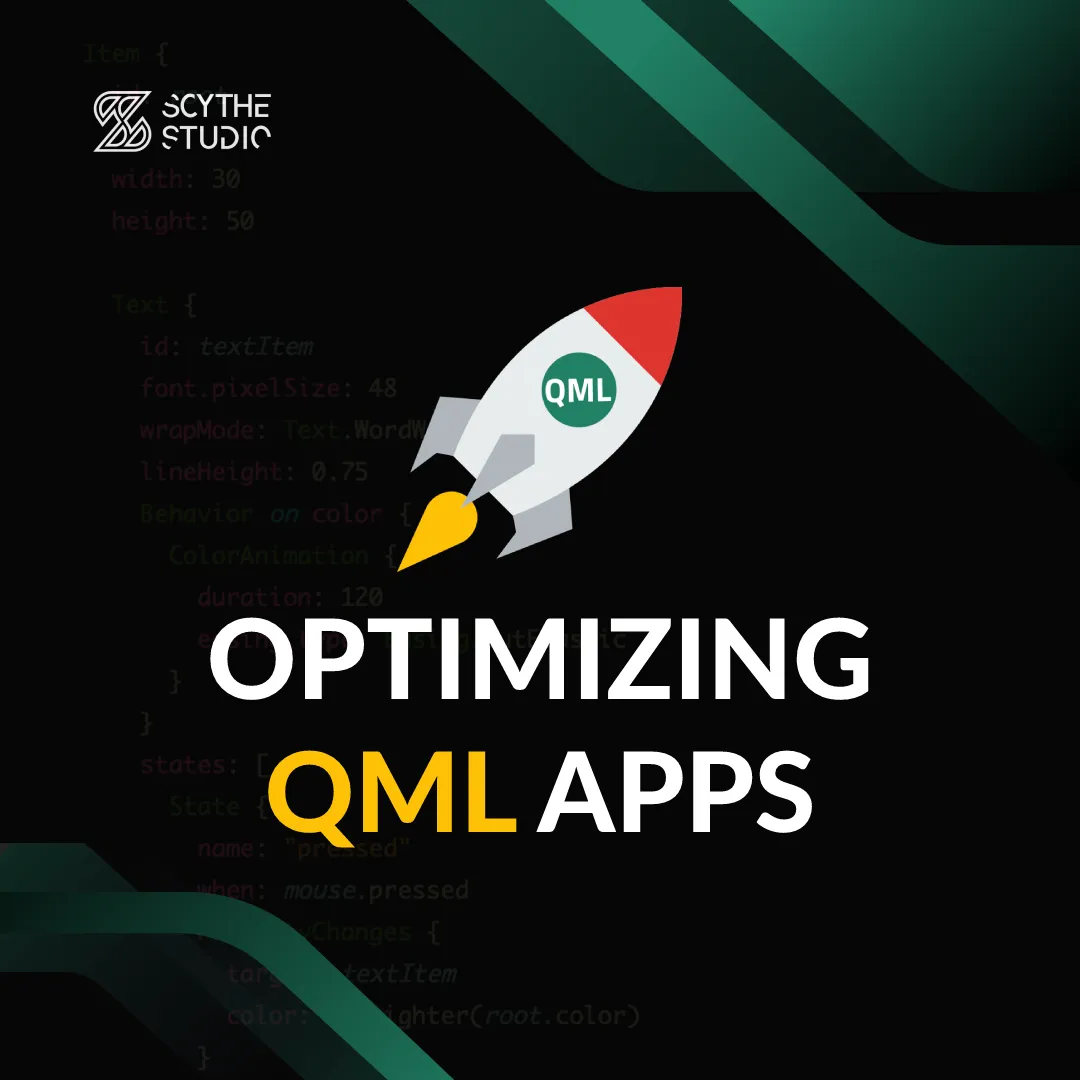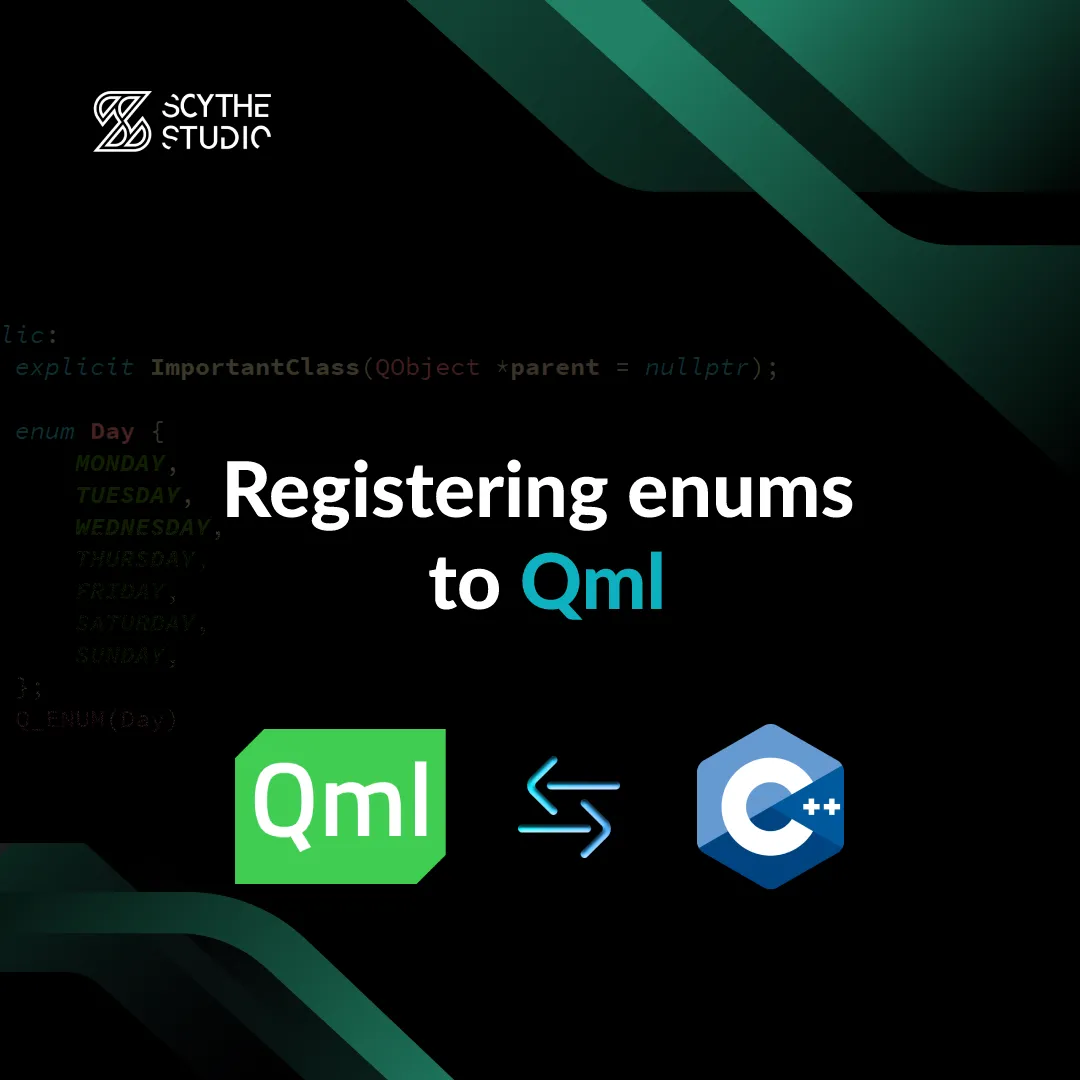
How to interface Qt with Android Java code in Qt 6?
Welcome you to another post on our blog. Perhaps some of our regular readers will notice that they’ve seen the […]

Welcome you to another post on our blog. Perhaps some of our regular readers will notice that they’ve seen the […]

As you know, performance is a critical aspect of any application. If your QML app is slow or unresponsive, users […]

Optimization is a crucial part of the software development process, which supports meeting many business goals, however, it requires resources […]

We continue our series of blog posts about integrating C++ and QML. Last time we covered registering C++ types as singletons in QML. Today we will proceed with another frequently used technique in Qt software development ― utilizing C++ enums in QML code. In this article we continue using the most recent method of integrating C++ code and QML ― CMake command qt_add_qml_module().
Let's face it? It is a challenge to get top Qt Qml developers on board. Help yourself and start the collaboration with Scythe Studio - real experts in Qt C++ framework.
Discover our capabilities